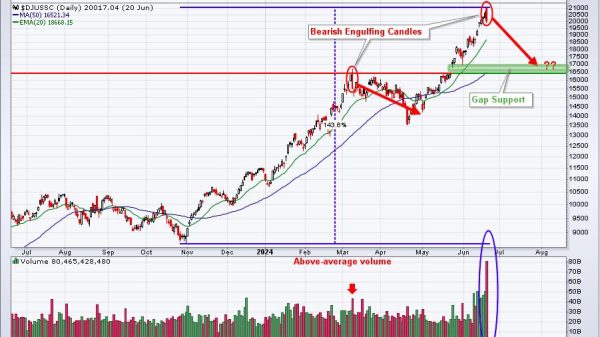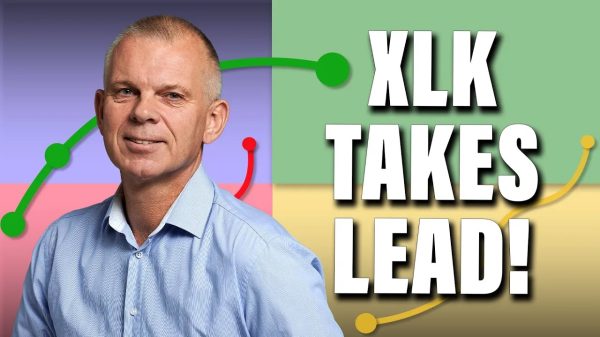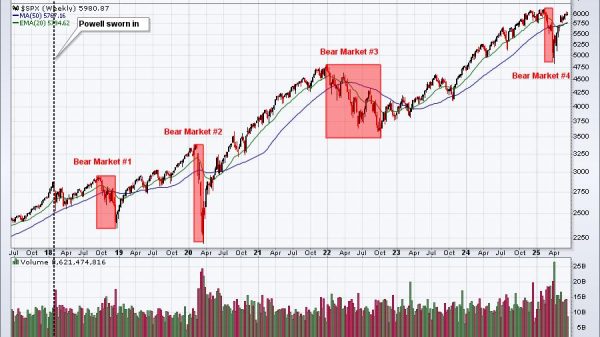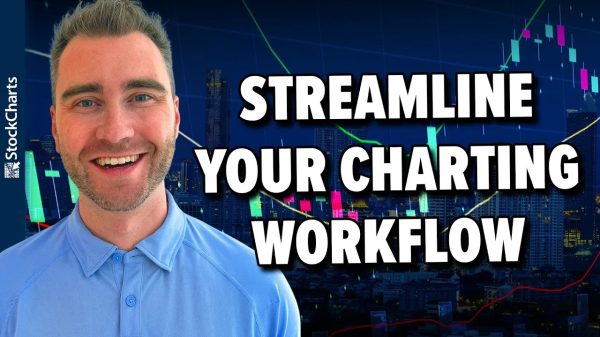Reversal Conversion: Detailed Explanation and Example
Key Points:
Reversal conversion occurs when put options are overpriced or call options are underpriced. This allows the trader to make a profit regardless of the underlying asset’s movement. Firstly, this is accomplished by selling the original asset. Secondly, purchasing a call option. Finally, selling a put option. Both the call and put options have the same price and expiration date. Typically, a put option costs less than a call option, making a reversal conversion a rare but potentially profitable opportunity.In the world of options trading, mastering various strategies is crucial for maximizing profits. One such strategy is the reversal conversion, which is designed to profit from an overpriced put option. This approach combines elements of put and call options, short selling, and arbitrage to create a balanced, risk-hedged trading strategy. Let’s delve deeper into the concept and analyze a practical example involving Apple Stock.
Understanding Reversal Conversion
A reversal conversion is when traders profit from overpriced put options in options trading. By selling a put, buying a call, and shorting the underlying stock, traders can create a synthetic long position. This position will imitate the risk and return of owning the same amount of the underlying stock. It occurs when the put and call have the matching strike price and expiration date.
Option Price Dynamics and Put-Call Parity
Understanding Put-Call Parity
In a balanced market, the put and call values should roughly equal out for a given asset, as per the put-call parity theorem, a fundamental concept in understanding option pricing and the Black-Scholes Model.
Who Are Arbitrageurs?
Arbitrageurs are individuals or entities that take advantage of market inefficiencies and price discrepancies to generate profits. They exploit these dynamics by engaging in various trading strategies, such as reversal conversions.
The Aim of Reversal Conversions
In the context of reversal conversions, arbitrageurs aim to profit from the overpricing of put options.
Opportunity in Overpriced Put Options
When a put option is overpriced, it means that its market price is higher than its theoretical value for the same strike price and expiration date. This discrepancy creates an opportunity for arbitrageurs to exploit the market inefficiency and secure profits.
Executing the Reversal Conversion Strategy
To capitalize on this opportunity, arbitrageurs execute a reversal conversion strategy. This strategy involves simultaneously buying the underlying asset, selling a call option, and buying a put option, all with the same strike price and expiration date.
Locking in the Arbitrage Gain
The goal is to take advantage of the overpriced put option by selling it at a higher price than its theoretical value for the same strike price and expiration date. By executing the reversal conversion, arbitrageurs can lock in a profit equal to the difference between the market price and the theoretical value of the put option for the same strike price and expiration date.
Contributing to Market Efficiency
Arbitrageurs play a crucial role in ensuring market efficiency. Their actions help to correct pricing discrepancies and bring the market closer to its equilibrium state for the same strike price and expiration date. By capitalizing on these dynamics, arbitrageurs contribute to the overall efficiency and integrity of financial markets.
Reversal Conversion Example: Apple Stock
Consider a scenario where a trader identifies an overpriced October put in Apple (AAPL). The current trading price of the stock is $170. The trader executes a reversal conversion by shorting 100 shares of Apple, buying a $170 call, and shorting a $170 put. The call costs $15, and the put is trading at $20.
No matter the movement in Apple’s price, the trader stands to make a profit. If Apple’s share price drops to $150, the call expires worthless. However, the short stock covers the loss, resulting in a net profit from the option premium. If the stock price rises to $200, the put option expires worthless, and the call option covers the short position, once again securing a profit.
Considerations:
Borrowing costs and commissions, such as interest rates, though not illustrated in the example above, play a significant role in the real world. High borrowing costs or commissions can reduce the arbitrage gain, thereby affecting the overall profitability of the reverse conversion strategy.
Risk and Other Factors
Factors Affecting Reversal Conversion Profitability
The reversal conversion seems like a profitable strategy. However, certain risks and factors like the liquidity of the option, availability of shares to short, and the efficiency of pricing in the options market can impact the execution and profitability.
Understanding Overpriced Put Options
The statement suggests that the overpricing of put options is an uncommon occurrence in the financial markets. Put options are financial derivatives that give the holder the right, but not the obligation, to sell an underlying asset at a specified price within a specific timeframe. Typically, put options are priced based on various factors. Those include the current market price of the underlying asset, the strike price, the time remaining until expiration, and the volatility of the asset.
Identifying Opportunities in Overpriced Put Options
However, there are instances when put options can be overpriced, meaning their market price is higher than what is justified by the underlying asset’s current market conditions. This can happen due to a variety of factors, such as market inefficiencies, mispricing by market participants, or temporary imbalances in supply and demand.
Managing Slippage for Profitable Trades
When put options have too high of a price, it presents an opportunity for traders and investors to potentially profit from the situation. By purchasing these overpriced put options, traders can sell the underlying asset at a higher price than its market value, effectively locking in a profit. However, it is important to note that executing such trades requires careful consideration and attention to detail.
Risks and Considerations in Trading Overpriced Put Options
One crucial aspect to consider when trading overpriced put options is the concept of slippage. Slippage refers to the difference between the expected price of a trade and the price at which the trade is actually executed. In the context of trading overpriced put options, slippage can significantly impact the profitability of the trade.
Strategies for Trading Overpriced Put Options
To ensure profitability, traders must aim to minimize slippage as much as possible. This involves carefully selecting the appropriate strike price and expiration date for the put options, considering the liquidity of the underlying asset, and placing the trade at the most opportune moment. By executing the trade with minimal slippage, traders can increase the likelihood of realizing a profit from the overpriced put options.
Trading Overpriced Put Options
It’s important to know that trading expensive put options has risks. The market might correct the high prices, causing the put options to lose value and traders to lose money. Also, accurately identifying and timing trades with overpriced put options needs a lot of market knowledge, analysis, and experience. So, traders should be careful and do thorough research before doing these trades.
In general, when put options have too high of a price, it can be a rare chance to make money if done carefully. Traders should analyze the market, study the asset, and use risk management strategies to make smart choices when trading overpriced options.
Conclusion
In essence, a reversal conversion is a meticulously structured arbitrage strategy in options trading. It involves multiple simultaneous actions to protect against risks and profit from the incorrect pricing of options.
To consistently profit in options trading, it is crucial to understand option pricing, put-call parity, and the Black-Scholes Model. These concepts are invaluable for executing a reversal conversion and navigating the volatile market.
The post Reversal Conversion: Detailed Explanation and Example appeared first on FinanceBrokerage.























